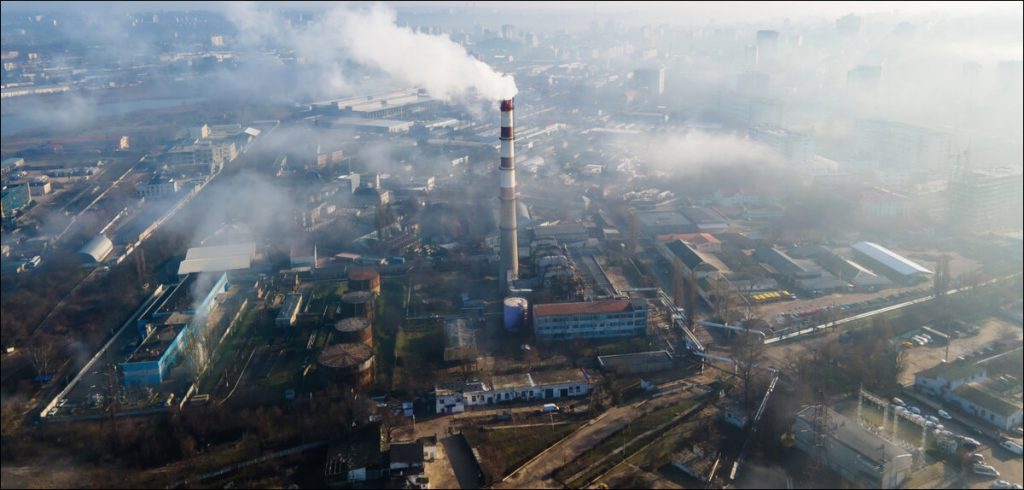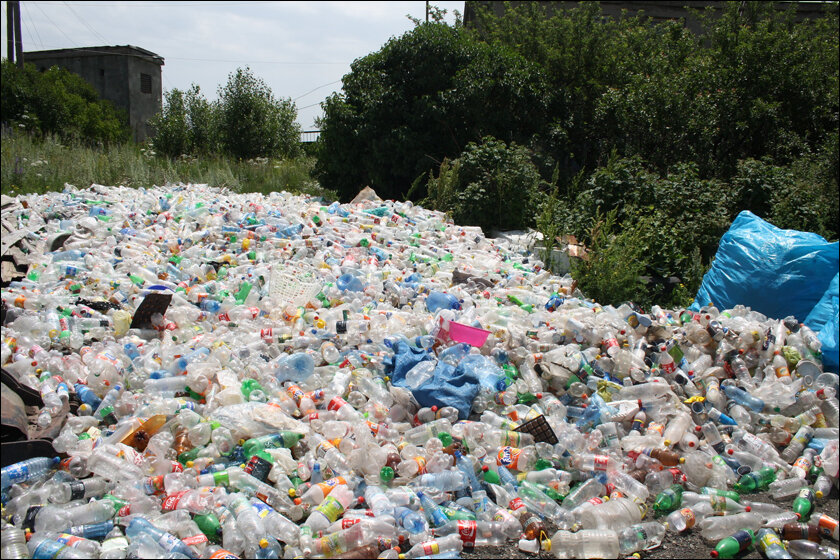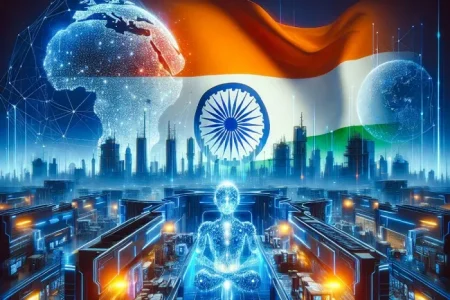India ranks 7th among economies in terms of vulnerability to climate risk events. Adarsh takes a closer look at the implications….
Remember how onion prices went up meteorically in late 2019? Or how the cost of tomatoes went through the roof midway through 2023? It was the same case with potatoes in 2020. The reason for all these price surges is the same… Climate change.
It was unseasonal rain and its resulting repercussions that led to the increase in prices.
And this is only the tip of the iceberg. Rising temperature, climate change risks, plastic pollution and high carbon emission not only impact lives and jobs but also commodity prices, especially food.
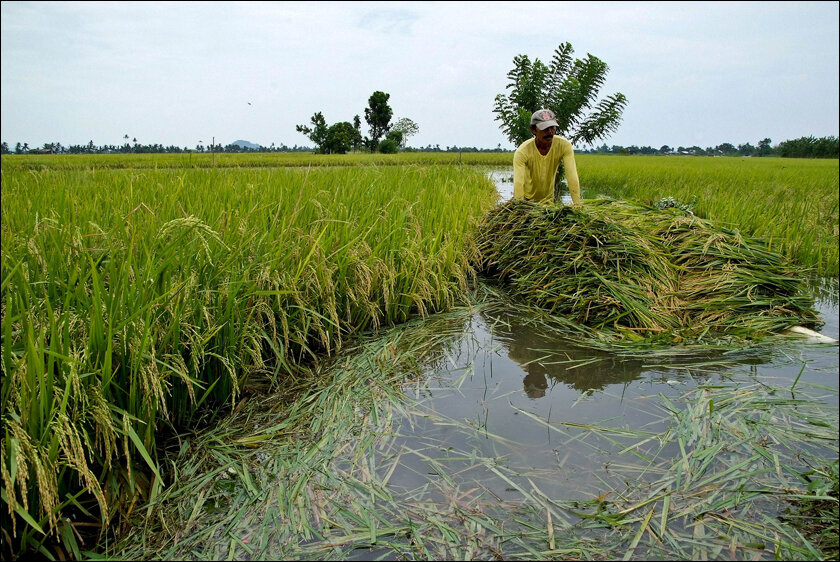
What the Numbers have to say
Climate-related crisis like extreme heat temperature or scanty monsoon have an adverse impact on the overall macro and social environment. The Reserve Bank of India (RBI) estimates that up to 4.5% of India’s GDP could be at risk by 2030, due to lost labour hours from extreme heat and humidity.
According to the RBI’s Department of Economic and Policy Research’s (DEPR) latest report on Currency & Finance 2022-23, climate change due to rising temperature and changing patterns of monsoon rainfall in India could also cost the Indian economy 2.8% of its GDP and depress the living standards of nearly half of its population by 2050. India may lose anywhere around 3-10% of its GDP annually by 2100 due to climate change in the absence of adequate mitigation policies.
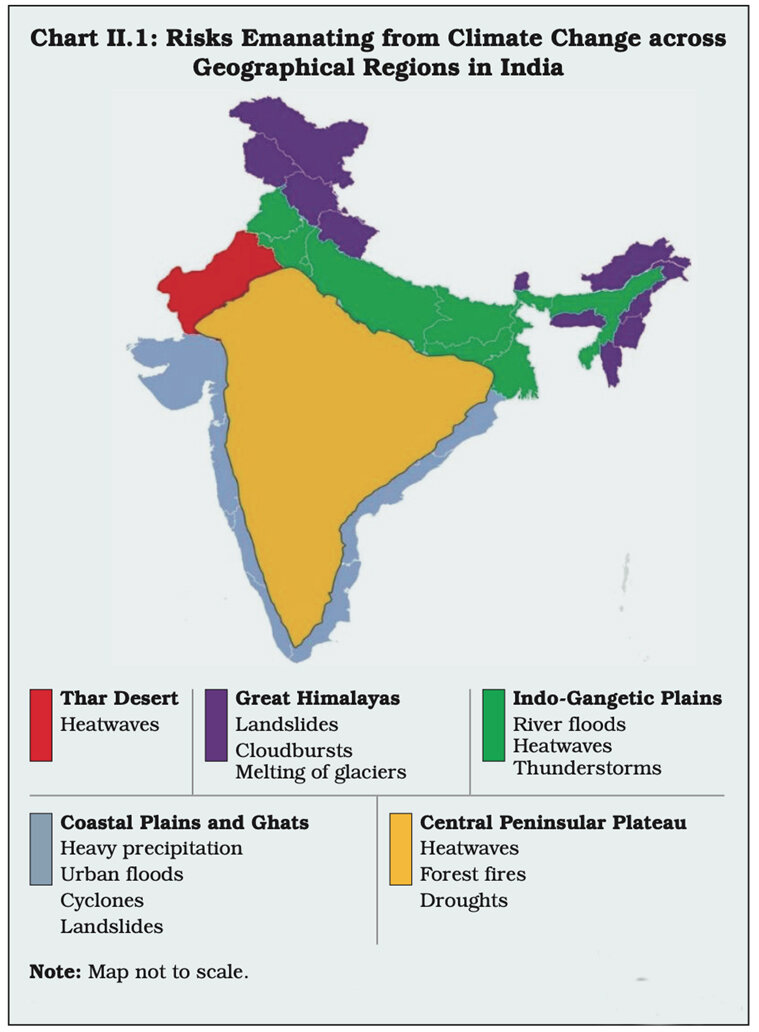
Effects on the Agricultural sector
The Indian agriculture industry is particularly vulnerable to labour productivity losses caused by heat-related stresses. According to World Bank estimates, India may account for 34 million of the projected 80 million global job losses from heat stress associated productivity decline by 2030.
Significant temporal rise, scanty and unseasonal rainfalls have caused crop damages leading to higher food inflation and its volatility.
Perishable vegetables like tomato, onion and potato (TOP) are more exposed to extreme weather events, such as cyclones and unseasonal rainfall during the post-monsoon period. Estimates show that usually it is the combination of TOP prices that move in tandem and price volatility in these three key items impact food inflation.
Scanty rainfall has already had its impact on TOP prices so far in India. Prices of tomato jumped 233% from Rs.33 per kg in June 2023 to Rs.110 per kg in July. Compared to July 2022, tomato prices rose by 200%. However, these are not exceptional rise in TOP prices. Inflation in onion prices shot up to 327% in December 2019 led by unseasonal rains; potato prices by 107% in November 2020 due to unseasonal rains; and tomato prices by 158% in June 2022 due to heatwave and cyclone.

Indian Companies are not prepared for this
Indian companies have been gearing up to face climate risks but they are not there yet. According to Deloitte India’s ESG preparedness survey, only 27% of Indian organisations feel adequately equipped to meet their environmental social corporate governance (ESG) strategy and compliance requirements as it reveals a significant gap in preparedness and action.
The survey conducted by Deloitte Touche Tohmatsu India LLP (Deloitte India) was rolled out to 150 organisations to assess their readiness for ESG requirements (policies, regulations, disclosures, and compliances) and evaluate their ESG strategies and efforts. Considering that over 70% of these organisations are also listed on the Indian stock exchanges makes this all the more alarming.
The ill-effects of Plastic Pollution
According to the Organisation for Economic Co-operation and Development (OECD), the world utilises approximately 450 million metric tonnes of plastic a year, approximately 57 kg per person. Each year, more than 350 million metric tonnes of plastic become plastic waste, of which approximately 80 million metric tonnes become mismanaged plastic waste, also termed plastic pollution.
Of the current 80 million metric tonnes of annual mismanaged plastic waste, India is contributing 11 percent to the global total, which is only behind China, according to the Credit Suisse research institute.
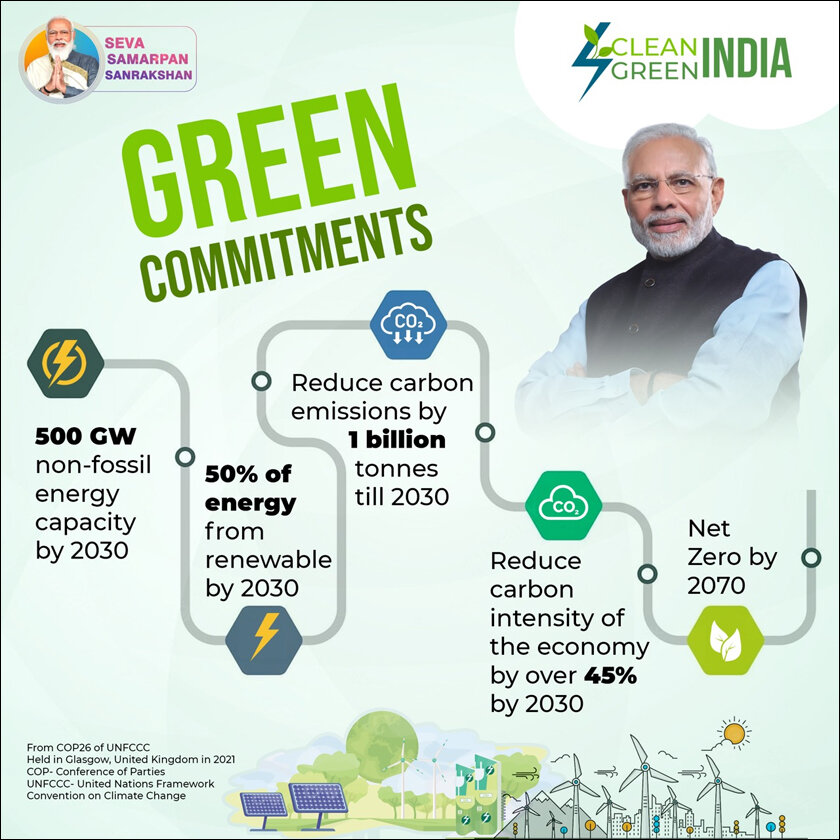
How India can tackle Climate Change
First and foremost, in India’s plan to tackle Climate Change is Panchamrit. India has presented the following five nectar elements (Panchamrit) of India’s climate action:
1. Reach 500 GW Non-fossil energy capacity by 2030.
2. 50% of its energy requirements from renewable energy by 2030.
3. Reduction of total projected carbon emissions by 1 billion tonnes from now to 2030.
4. Reduction of the carbon intensity of the economy by 45% by 2030, over 2005 levels.
5. Achieving the target of net zero emissions by 2070.
There is also the National Action Plan on Climate Change that aims at creating awareness among the representatives of the public, different agencies of the government, scientists, industry and the communities on the threat posed by climate change and the steps to counter it.
Going by the numbers, it seems quite late already. Only time will tell if we are successful in our efforts. 2030 is just 6 years away. The clock is ticking.
In case you missed:
- India rises to 2nd Place in Global Smartphone Sales, 3rd in Market Value
- India announces First Venus Mission set for 2028
- Param Rudra: Modi launches India’s Homegrown Supercomputing Powerhouse
- India’s AI Ambitions in the Spotlight amidst DeepSeek’s Disruption
- 15 Billion Transactions a Month! How UPI is transforming India’s Digital Economy
- How India broke its Paralympics Medal Tally by using Assistive Tech
- How AI is Revolutionizing Combat for Indian Defence Forces
- Scientists Discover Earth’s Third Energy Field, after 60 Years of Searching
- Why is Indian Education Sector facing Record Number of Cyberattacks?
- Google launches ‘Cheap AI’ to Combat Rising Costs & Chinese Competition



